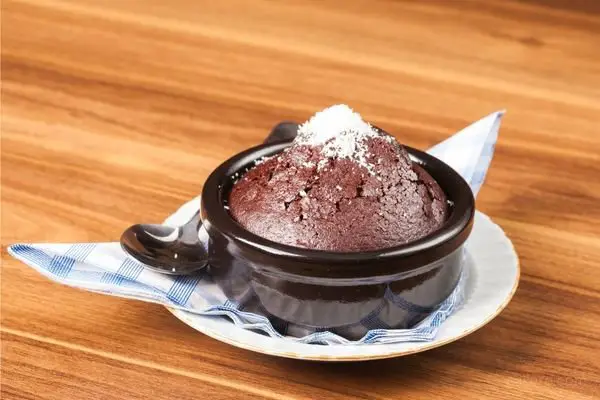Baking is an exact science, and every ingredient has a specific role to play in creating the perfect texture, flavor, and appearance of a baked good. One such ingredient is castor sugar, also known as caster sugar.
You might have come across this sugar in recipes, but do you know what it does in baking? In this article, we will explore the role of castor sugar in baking and how it affects your final product.

What is Castor Sugar?
Castor sugar is a type of granulated sugar that has a fine texture. It is made by grinding regular granulated sugar into smaller particles. Castor sugar is also sometimes known as superfine sugar or baker’s sugar. It dissolves quickly and evenly, making it ideal for baking and sweetening cold drinks.
What Does Castor Sugar Do in Baking?
Castor sugar has a unique role in baking, and it affects the texture, appearance, and flavor of the final product. Here are some ways castor sugar impacts baked goods:
- Aeration: Castor sugar helps to aerate the mixture when it is creamed with butter or other fats. This process creates tiny air pockets in the mixture, resulting in a lighter, fluffier texture in cakes and pastries.
- Moisture: Castor sugar has less moisture than regular granulated sugar. This means that it absorbs less liquid from the recipe, resulting in a drier and crispier texture in baked goods such as meringues and pavlovas.
- Dissolving: Castor sugar dissolves quickly, making it ideal for recipes that require a smooth and even texture, such as frosting, mousse, or custards.
- Browning: Castor sugar caramelizes quickly in high-heat baking, resulting in a beautifully browned and crispy texture in baked goods such as crème brûlée or meringue pies.
- Flavor: Castor sugar has a subtle, delicate flavor that enhances the taste of baked goods without overpowering it.
How to Make Castor Sugar at Home:
If you can’t find castor sugar in the store, you can make it at home using a food processor or blender. Here’s how:
- Measure the desired amount of granulated sugar.
- Pour the sugar into a food processor or blender.
- Process the sugar until it becomes fine and powdery.
- Store the castor sugar in an airtight container until ready to use.
Substitute for Castor Sugar in Baking:
If you don’t have castor sugar on hand, you can substitute it with regular granulated sugar. However, keep in mind that the texture and appearance of the final product might be slightly different. Here are some common substitutes for castor sugar:
- Powdered sugar: Powdered sugar, also known as confectioner’s sugar, can be used as a substitute for castor sugar in recipes that require a fine texture. However, keep in mind that powdered sugar contains cornstarch, which can affect the recipe’s texture.
- Brown sugar: Brown sugar can be used as a substitute for castor sugar in recipes that require a caramel flavor and a moist texture. However, keep in mind that brown sugar has a stronger flavor than castor sugar, which can affect the final product’s taste.
